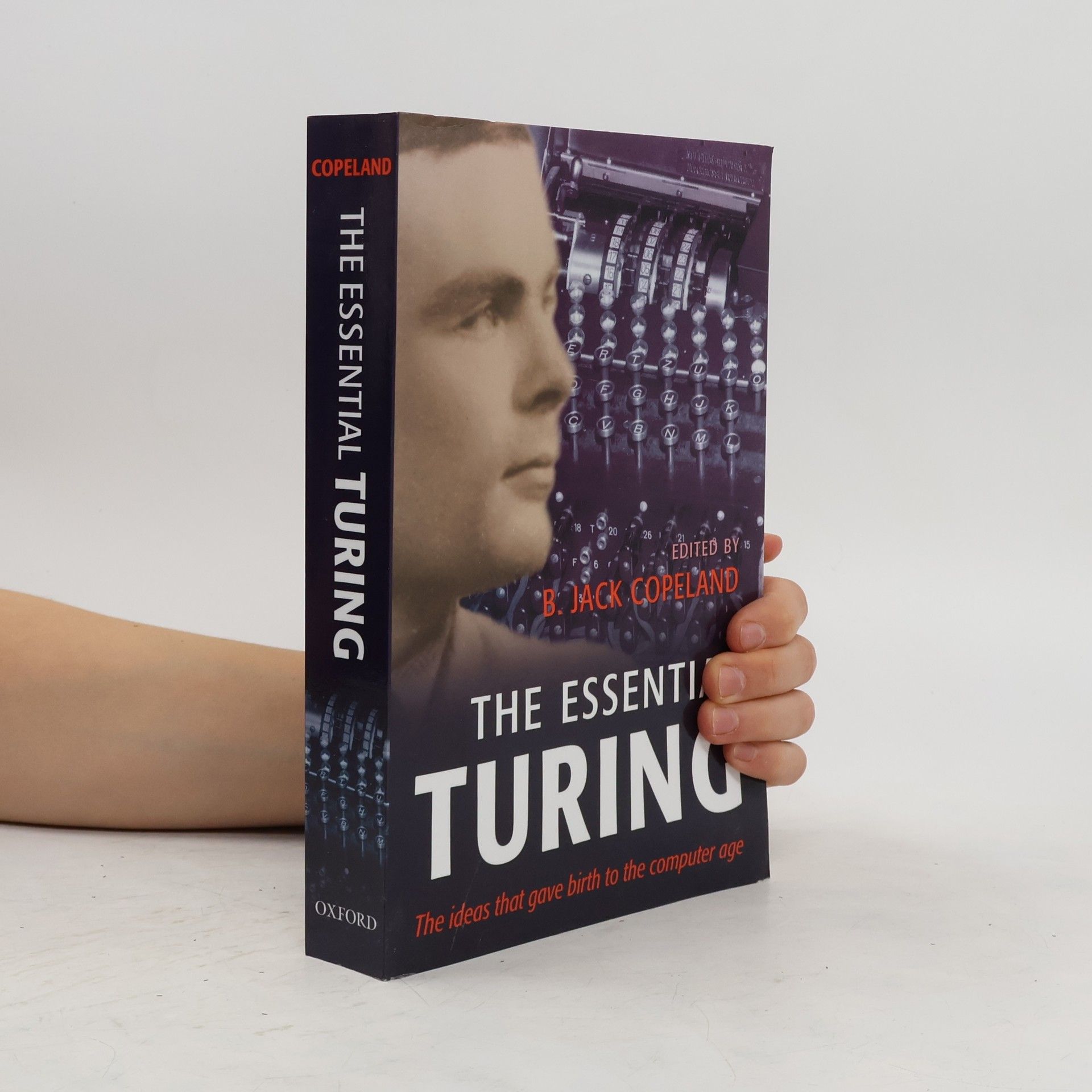Alan Mathison Turing Orden de los libros
Alan Turing fue una figura fundamental en el desarrollo de la ciencia de la computación y la inteligencia artificial. Su formalización de algoritmos y computación, encarnada en la máquina de Turing, sentó las bases de la computación moderna. Durante la Segunda Guerra Mundial, realizó contribuciones cruciales a la criptografía, impactando significativamente la victoria aliada. Su posterior interés en la biología matemática y sus predicciones sobre reacciones químicas resaltan la amplitud de su curiosidad intelectual.



- 2021
- 2017
The Alan Turing Codebreaker's Puzzle Book
- 306 páginas
- 11 horas de lectura
Alan Turing is often called the father of modern computing. During World War II, he worked at Bletchley Park, where top secret work was carried out to decipher the military codes used by Germany and its allies. Turing played a pivotal role in cracking intercepted coded messages that enabled the Allies to defeat the Nazis in many crucial engagements, and his work was vital in helping the Allies win the war. Published in association with The Turing Trust, this incredible collection of puzzles allows you to test if you have the range of puzzle-solving abilities required to have been one of Alan Turing's codebreakers. World-renowned puzzle expert Dr. Gareth Moore compiled the work of puzzle authors from all over the world to bring together this fascinating collection of puzzle types. If you can solve every puzzle in the book, you may once have been recruited to join their ranks! Perfect for anyone who enjoys a challenge. This paperback book has 304 pages and measures: 23.5 x 15.5 x 2cm approx.
- 2013
The Essential Turing
Seminal Writings in Computing, Logic, Philosophy, Artificial Intelligence, and Artificial Life Plus the Secrets of Eni
- 622 páginas
- 22 horas de lectura
Exploring the foundational concepts that led to the development of computers, this book delves into the revolutionary ideas and innovations that shaped the digital landscape. It highlights key figures and their contributions, illustrating how theoretical principles transformed into practical technologies. The narrative emphasizes the interplay between mathematics, engineering, and computer science, providing insights into the evolution of computing from its inception to its current state. Readers will gain a deeper understanding of the intellectual legacy that underpins modern technology.